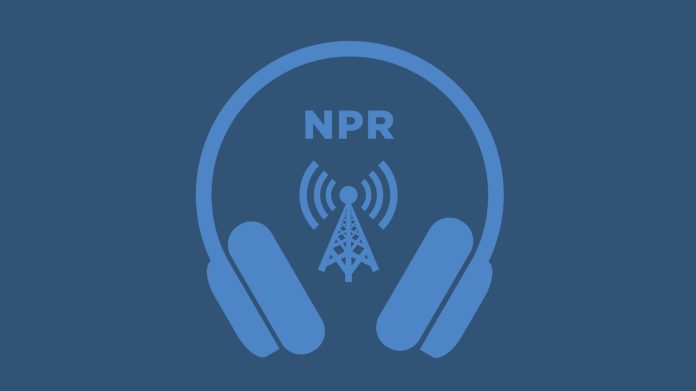St. Louis Public Radio’s visuals editor Brian Munoz shares how best to capture the Northern Lights on camera.
SCOTT DETROW, HOST:
When we think of the northern lights, we do not usually think about them in Tennessee. But on Tuesday night, the aurora borealis was visible in Tennessee, as well as Missouri, New Mexico and other states. This is all due to geomagnetic storm activity. More of that activity is predicted tonight, and the aurora may be visible as far south as Alabama. If you want to take some good photos of this rare event, St. Louis Public Radio’s visuals editor, Brian Munoz, is here with some tips. Hi, Brian.
BRIAN MUNOZ, BYLINE: Hey, Scott.
DETROW: Did you have any luck last night?
MUNOZ: I think the best way to think about that is kind of.
DETROW: Kind of.
MUNOZ: I had this whole elaborate plan to photograph the Gateway Arch National Park…
DETROW: Oh, yeah.
MUNOZ: …And the St. Louis skyline, but, honestly, I struck out on that one. I went to my big lookout point, and it was just simply too bright. So I drove home, looked out the window and saw the lights across the street and said, you know what? I’m just going to make a photo of this in my neighborhood, and ended up with something usable. But, you know, like with anything, you go out there, you try some different things, and if they don’t work out, you pivot.
DETROW: I’m always hesitant to ask a legitimate photographer about taking pictures with phones because that’s just how so many people take pictures these days, right? If you want to get a good picture of the aurora borealis with your iPhone, can you do that? Like, what are your tips for an amateur?
MUNOZ: You absolutely can. You do not need this big, fancy camera kit to be able to photograph this celestial spectacle. I recommend that you turn on your long exposure mode or your night mode, that wherever you go you have a nice clear shot, with ideally something in the foreground to give you that perspective. And turn off your flash. You don’t need a flash when you’re doing this long exposure work. And make sure you’re standing straight up, with your arms tightly against your body, and you frame your image and click the shutter. Any little shake is going to make your image blurry, is not going to give you the best result that you’re looking for. So really, it’s slowing down, think about what you’re doing and then execute the image.
DETROW: Is any of this doable if you live in a big city with light pollution, or is that just a lost cause? Like, how do you get around that?
MUNOZ: So it can be hit and miss. So my experience, I definitely was a little bit of a lost cause there at first. But really just getting away from the lights as much as you can, you know, taking an extra 30 minutes to drive out to the country if you’re able to, or just finding a spot where there aren’t bright lights flashing directly at you. And that has been pretty helpful.
DETROW: What are some common mistakes that people make, whether it’s the northern lights or the moon or taking pictures of the stars? What are some basic mistakes people make when they’re trying to take pictures of the night sky?
MUNOZ: Wipe your camera lens.
DETROW: (Laughter).
MUNOZ: Please, please, please, please. So many times I see…
DETROW: Blanket advice.
MUNOZ: Right, right. So many times I see people have blurry pictures or smudgy pictures, and it’s like, hey, take that soft microfiber cloth and just clean the back of your phone or the back of your lens. Also, not willing to adjust your settings. If you try something and it doesn’t work, you know, try something different. You know, don’t just keep on doing the same thing and think something spectacular is going to come of that.
DETROW: This is all good life advice in addition to photography, I think.
MUNOZ: Yeah. You know, I’ll take it.
DETROW: That is St. Louis Public Radio’s visuals editor Brian Munoz. Thanks so much, and good luck tonight.
MUNOZ: Thanks.
(SOUNDBITE OF MUSIC)
Copyright © 2025 NPR. All rights reserved. Visit our website terms of use and permissions pages at www.npr.org for further information.
Accuracy and availability of NPR transcripts may vary. Transcript text may be revised to correct errors or match updates to audio. Audio on npr.org may be edited after its original broadcast or publication. The authoritative record of NPR’s programming is the audio record.







